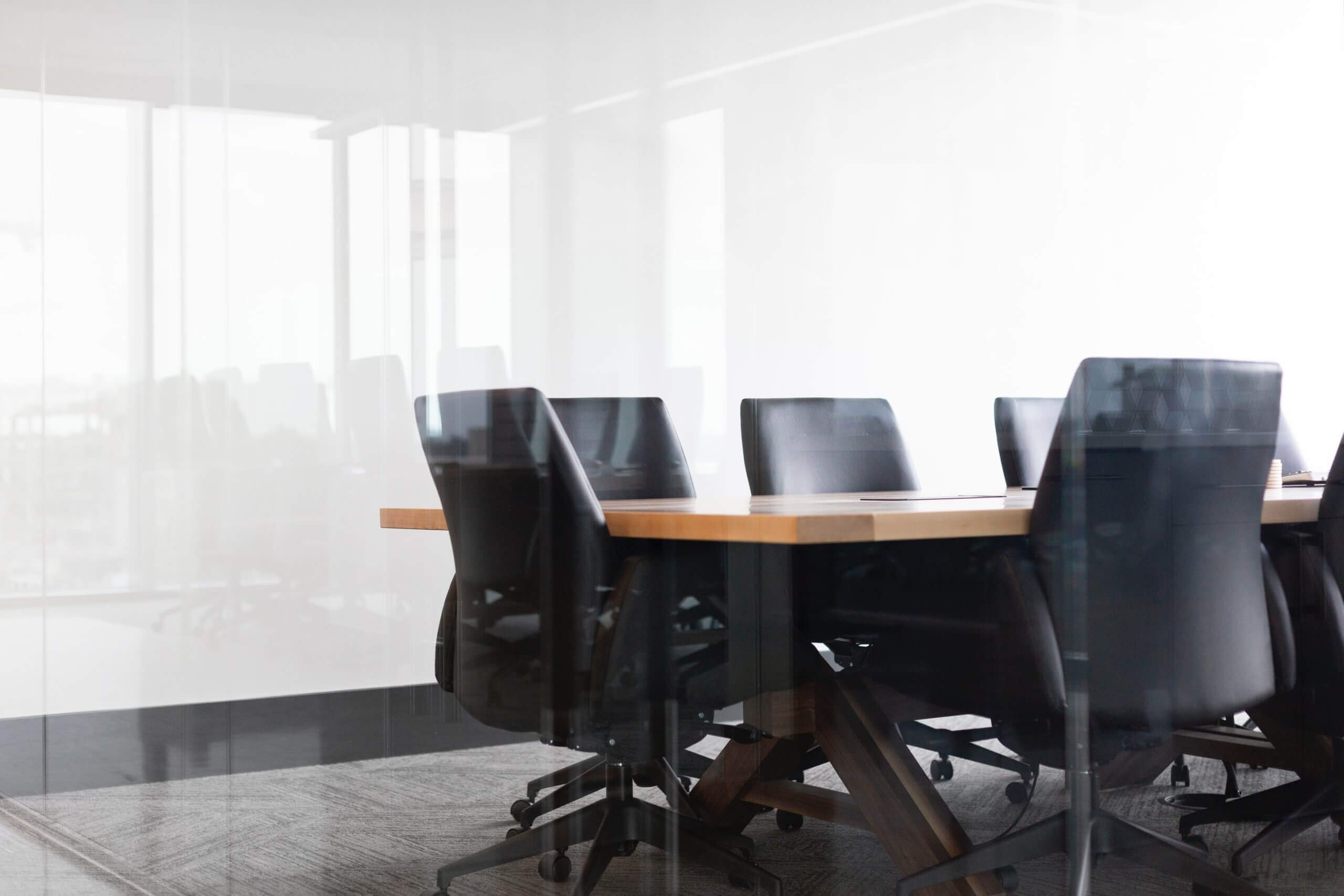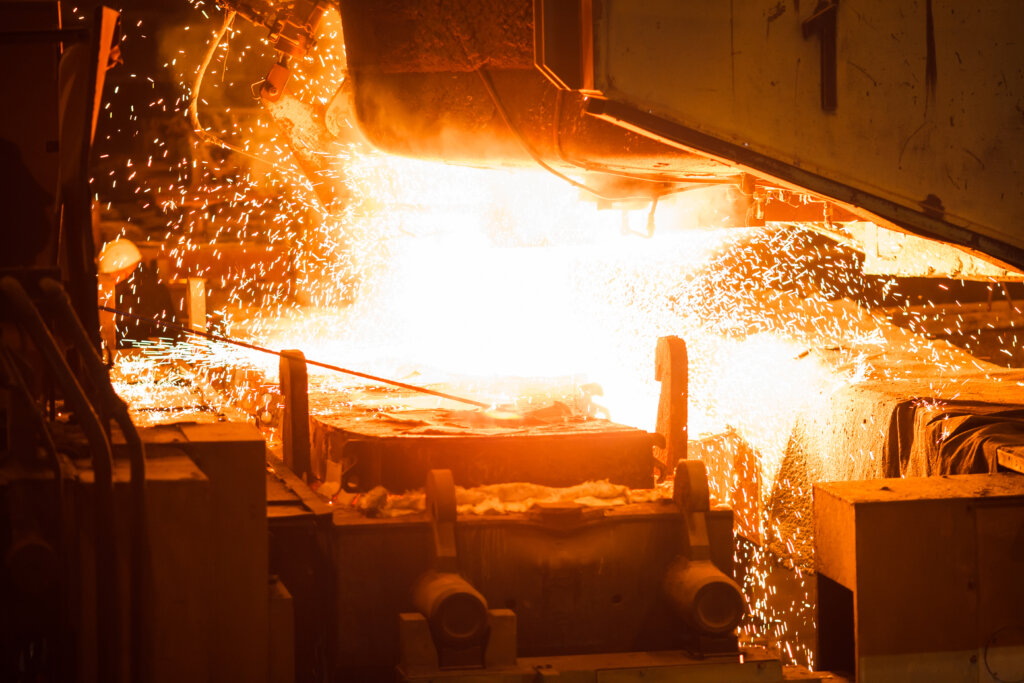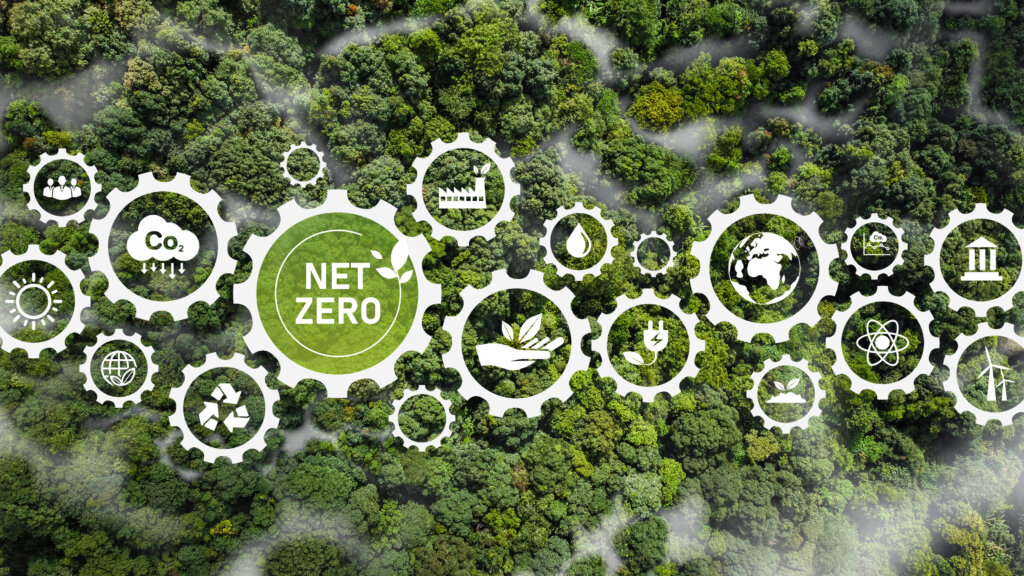The consumption of natural resources and energy usage continues to drive boardroom and dining room debate. The good news is that “recycle” is now a commonly used and understood term in our vocabulary with many companies embracing sustainability polices that pursue a higher usage of recycled materials in their business practices.
Their goal in using recycled materials is to help reduce costs and simultaneously create good feeling about how they are helping reduce their impact on the planet. This keeps board members, investors, and employees happy. However, while recycling is clearly much better than consuming more virgin materials to produce products, this is not the most powerful R that is available to them. In fact, it is not even in the top three.
Rethink
To truly make a more meaningful impact on the bottom line, companies and individuals need to take a step back and rethink how they approach the consumption of materials they use. Warehouses and/or pantries full of slow-moving inventory that is eventually thrown out or hopefully recycled. We need to step back and look for the reason WHY did you have it in the first place?
Was it driven by the bulk discount for buying larger quantities, a demand planning / forecasting error, or simply having too many SKUs in your portfolio? Most good answers start with the question WHY? It might be one of these, all three, or even something else. Stop and find out WHY you are creating the waste in the first place.
Reduce
The quickest way to improve your bottom line is to reduce the resources you use, eliminating waste in everything you do. Only buying what you really need is often over looked as a cost saving opportunity as it often comes with a higher per unit price. “Hang on”, I hear you say, how can I pay more and save money at the same time?
Example Let’s say that to buy at the lowest cost possible you need to buy a full truck load, Cost for each item is 90c per lb. with 40,000lbs on the truck = $38,000, But you need to pay a 10% premuim, 99c per lb., for half a truck. Total cost is $19,800. If only 10% of the original full truck’s material is wasted or never used, then paying 10% more per unit was worth it.
Then you need to think of all the hidden cost in buying the additional material, not just the purchase price. There’s material storage cost, handling cost and waste, damage associated with storage and handling, additional labor to count and dispose of the material, additional packaging cost, the cost of your cash and cost of lost opportunity by tying up cash in your inventory. I could go on with more, but you get the point.
Having too much of what you do not need is extremely costly and paying a small premuim to buy in smaller lot sizes can often be far more efficient than a simple cost per unit comparison first look.
Repurpose
Being intelligent and purposeful with material needs can drive great efficiency and savings but you must be willing to be creative and flexible. Offer your customer an alternative, slower moving product at a lower cost to reduce waste. This idea is often dismissed out of hand by the sales team before they even ask the customer. It is such a big myth in the manufacturing industry that customers only buy one specification.
Sure, in some highly technical markets, government and defense work this can be true. However, more often than not your customer will accept an alternative product from you. Why would they do this? In most cases, they do it every day when they are buying from an alternative supplier. The product specification, lead time, lot sizes, payment terms, etc. is seldom identical from supplier to supplier unless you are in the most commoditized of industries. Be brave and offer your customer some alternatives and try and find that win.
We can all agree that Recycling is very important, and in most cases does drive real benefit to the companies and individuals that embrace it. However, if you really want to make a transformation in your business and or home life start asking yourself are you using the three additional Rs?
Rethink, Reduce, and Repurpose.



